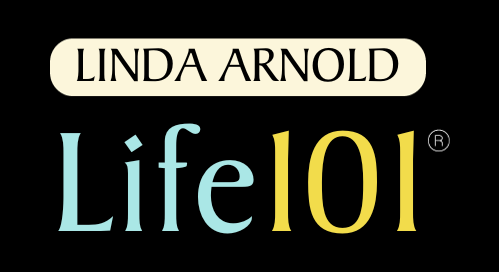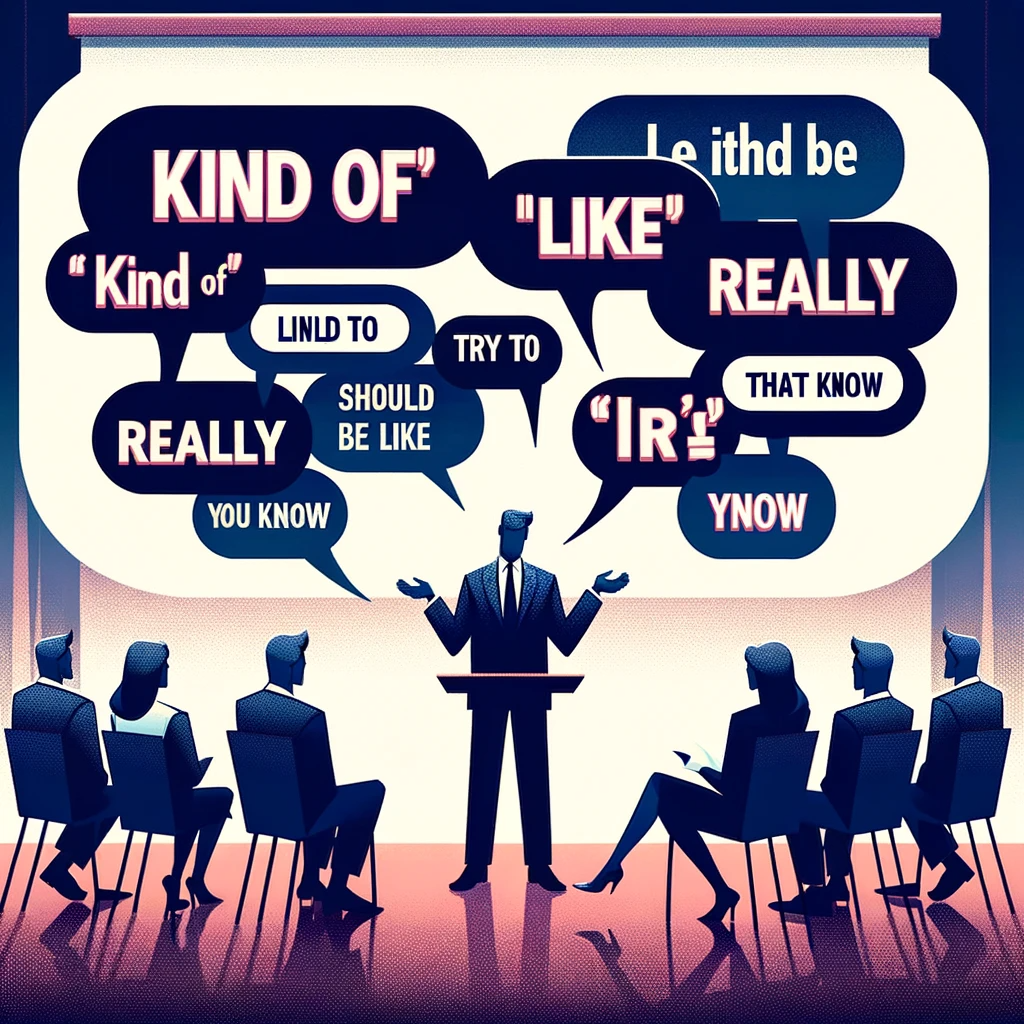Pop quiz: what are three of the most ineffective phrases you could use?
If your list includes the following, you’re in good company: kind of, sort of, like, really, try to, should be, you know.
If you matched three of these, you win a case of Eskimo pies and a year’s supply of Rice-a-Roni. (I sort of made that last part up).
Kind of, Sort Of
We often dilute powerful messages with these meaningless fillers, and they immediately cast doubt.
Think about it. When you hear these words, do you find yourself secretly wishing the speaker would get to the point? And then you may turn right around and find yourself doing the same thing out of habit!
Years ago my sister brought this to my attention (thanks, Paula!) and now I cringe when I hear “kind of/sort of” overused – or even catch myself using them. Consider this scenario, posed by the Presentation Coaching Institute.
This is Your Captain Speaking
“Ladies and gentlemen, we should have, you know, really begun our final descent to, ummmm, our destination today. I’ll sort of really try to land the aircraft safely.” Doesn’t instill a lot of confidence in the pilot, does it?
There are two types of words and phrases to avoid, according to the company, Second Derivative:
- Spurious Spacers (um, like, you know …)
- Wimpy Words (kind of, sort of, maybe …)
Wimpy Words and Spurious Spacers
Spurious Spacers are typically less destructive, but are still annoying. When you’re listening to a speaker who repeatedly uses these words or phrases, do you find yourself being distracted and drawn to counting the number of times he or she repeats them?
Don’t be surprised if you find the number of uses of the Spacer is nearly double the number of sentences delivered. Know what I mean? (Another offensive phrase).
Wimpy words are the worst. They interfere with clarity. In the business world, companies want to work with vendors who can get the job done – not those who can “kind of” deliver.
Convincing Cases
What you say, how you say it and how others hear it can make or break your message. Why do you think prosecutors and defense attorneys work so hard on their opening and closing statements?
Can you imagine the actors in Law and Order addressing a jury like this: “Ladies and gentlemen of the jury, I sort of, you know, want to take this opportunity to, ummm, point out some things that I believe maybe should really make a difference in your thinking. I’ll try to, like, kind of show you so you probably could decide. You know what I mean?”
While you may not have to prove your point beyond the shadow of a doubt, you’d better believe your listeners are picking up these cues just like the jurors in this example!
Getting Your Point Across
How to get your point across with impact is the subject of Learn Five Strategies to Communicate Like a Pro by author Donna Arnett. Power comes from clear communication that inspires and motivates others, according to Arnett. The art of communication involves not only the words you say; it involves the sound of your voice, body language and eye contact.
Some people appear to be “natural communicators.” They are seen as having the ability to:
- captivate their listeners
- communicate their ideas easily
- establish direct eye contact
- speak confidently in a pleasant, commanding voice
- persuade others to their point of view
Communicating is a skill like any other. It can be learned, enhanced and tweaked. Take a look at the following checklist for business communications. The list can be adapted for everyday conversation as well.
Five Powerful Tips for Successful Communication
- Focus on what your listeners need to hear. There’s an important, yet subtle difference between “here’s my agenda” and “this is all about you.” If you want to get your listeners’ attention and move them to action, you must tell them what’s in it for them.
With my former marketing company we used the acronym WIIFT/WIIFU (What’s In It For Them? What’s In It For Us?) to distinguish benefits for our clients as well as the agency.
- Get the stress out of your voice. Powerful communicators present ideas in a concise manner that conveys personal control and builds confidence. Analyze your speaking style – and watch out for these common vocal and body language changes:
- talking too fast
- vocal pitch level goes up
- body movements are too rapid
- eye contact becomes sporadic
One painful habit is the tendency for presenters to turn statements into questions by ending sentences with a rising inflection? This can be very confusing – and annoying!
Don’t let your stress show through in your voice or body language. Listeners always trust what they see and hear in your voice and body language before they believe your words.
- Create enthusiasm for your listeners with your voice. Vary your pitch, tempo, phrasing and tone. Flat, boring voices are like a sleeping pill for your audience.
- Be direct, sincere and honest. People will respect you and develop confidence in you.
- Feedback is your friend. To improve your communication power, first understand your style and delivery. Use a tape recorder or video so you can play back your communications. Be brave. Few things are as humbling as hearing your own voice on a tape recorder. And, in the case of video, a picture is worth a thousand words!
You may want to ask a trusted friend for feedback – or seek out professional tools from a library, book store, consultant or coach.
The bravest among you could even solicit the help of those closest to you – family members, friends or co-workers – to point out the times you overuse a particular word or phrase.
Really.


